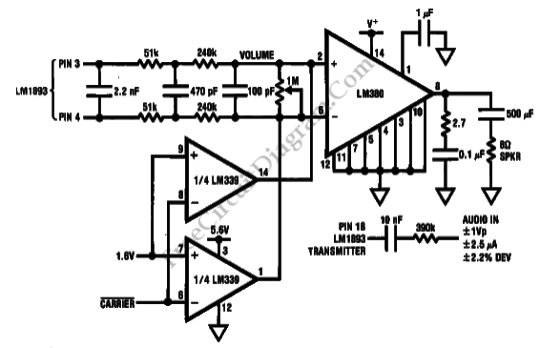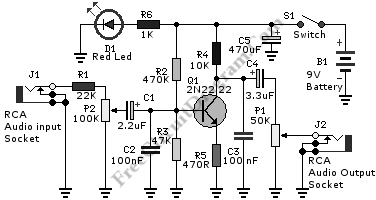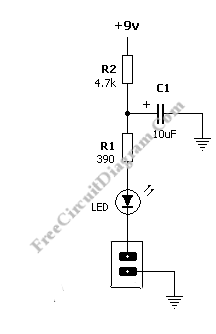LM1893 Powerline Audio Transmission

This is Powerline Audio Transmission circuit using LM1893. This circuit uses LM1893 that is designed to allow analog data reception and transmission. The carrier is modulated by base-band audio-bandwidth signals FM passing through the tuned transformer onto the power line. The receiver PLL will demodulates the modulated carrier linearly. Here is the schematic diagram of the circuit: External audio amplification […]
Read more




